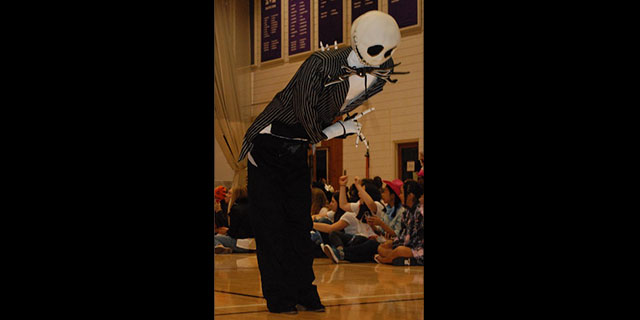
From the 2006-2007 school year through the 2011-2012 school year, Marlborough has increased the socioeconomic diversity of its student body, with the number of students on financial aid jumping from 74 to 102, an increase of 34%, and an addition of $345,687 to the annual financial aid budget, largely due to rising need coupled with the rise in tuition.
19.43% of girls currently receive some form of financial aid. Nationally, that percentage is slightly lower than average, but the School provides more money per student than our peer schools on the national and local levels. On average, a student on financial aid will receive 65% of the cost of tuition subsidized, which places Marlborough close to the 75th percentile nationally and locally and comes out to annual gifts of over $20,000 per student.
According to Director of Admissions Jeanette Woo Chitjian, the increase in financial aid spending has vastly improved the ability of the School to admit students. However, the pool of applicants who require financial aid remains competitive, because the rising cost of tuition has raised the amount applicants with needs require. The budget increase hasn’t enabled the School to let in a significantly greater number of needy students because a number of girls have entered the School in recent years without requiring financial aid but soon developed monetary needs, as a result of the recession.
“There weren’t just incoming girls who needed financial help, but the numbers of girls already enrolled requiring assistance shot up,” Associate Director of Finance and Business Affairs Julia Yzaguirre said.
Many members of the student body said they were unaware of this recent increase and acknowledged that financial aid status is a fairly sensitive topic among students.
“[Financial aid] is a taboo subject. Nobody really talks about it,” Brooke ’16 said.
However, many students said they felt grateful for the opportunities provided to students with monetary needs.
“I can know a diverse group of people, with different cultures, backgrounds, interests and ethnicities,” Annie ’16 said.
The financial aid operating budget is currently at a record high of $2,109,900, and the actual amount spent on tuition grants during the 2011-2012 school year was even higher, at $2,273,076. That money comes primarily from the operating budget of the School and from the earnings off of the financial aid endowment, which is a long-term investment fund created by donations to the School designated specifically for financial aid. This financial aid endowment increased 36%, or close to four million dollars, from 2008 to 2011.
Additional money flows into the financial aid budget through restricted annual giving, which refers to donations that fund awards directly rather than through investment earnings, and through the Angel Project, a foundation created by the School through which parents and Alumnae can donate money in the name of a specific teacher or faculty member, often in celebration of December holidays.












